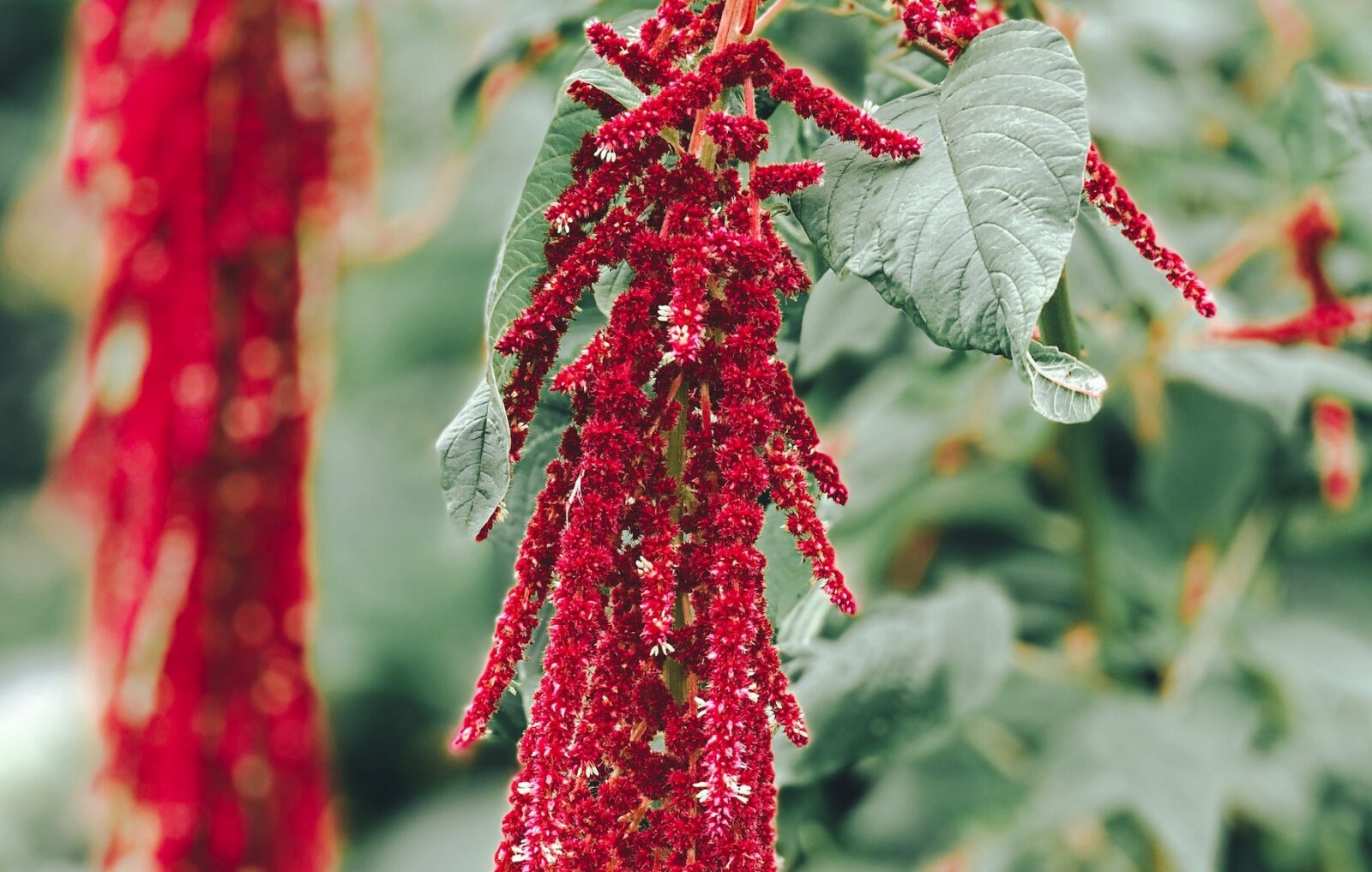
The origins of amaranth can be traced back to ancient Mexico, where the Aztecs cultivated it around 8,000 years ago. Today, it is grown in various regions including China, Russia, Eastern Europe, Peru, and Mexico is witnessing its resurgence.
Amaranth is a tall plant, often reaching heights of 5 to 7 feet, characterized by broad green leaves and vibrant purple, red, or gold flowers. With around 60 different species, it produces small seeds and is commonly referred to as a “grain,” although it differs from traditional grains like oats, wheat, or rice. It is sometimes known as a “pseudo-cereal” as well.
One of the significant qualities of this small grain is that it is gluten-free. When ground, its flour appears white and powdery, similar to regular flour.
Due to its density, amaranth is too heavy to be used on its own. It is best utilized in combination with other grains to enhance the nutritional value without altering the taste of the final product.
Cooking with amaranth can be enjoyable due to its versatility. When prepared correctly, it can serve as a healthy substitute for cereals or a popped snack similar to popcorn. It can also be incorporated into stews and soups or mixed with other grains to enhance their nutritional profiles.
Members Only Content
To continue reading please subscribe to WellnessPlus by Dr. Jess MD
Be your own best doctor with our comprehensive suite of online health coaching tools.
